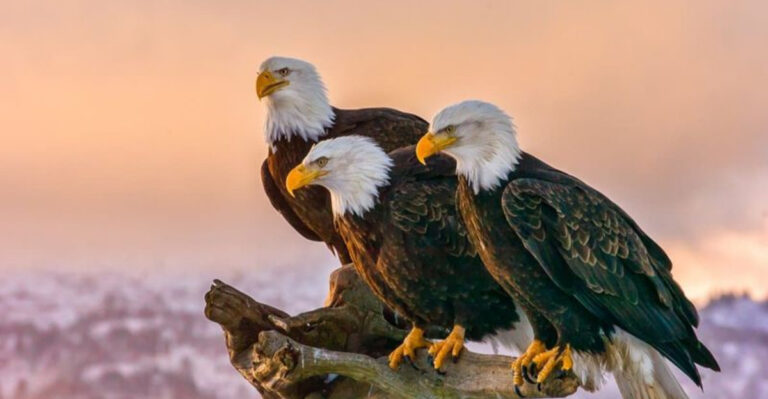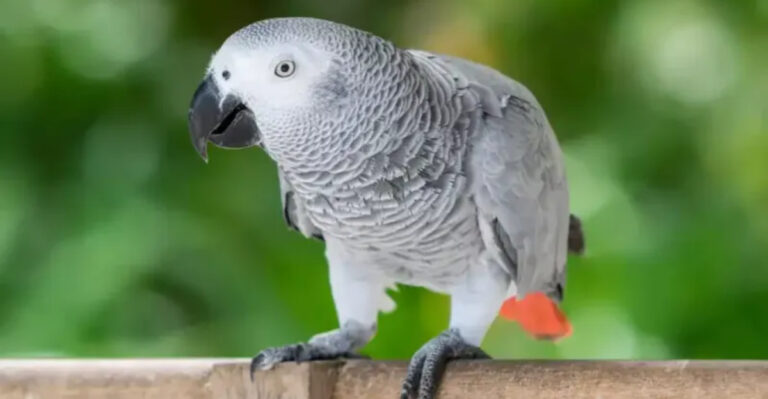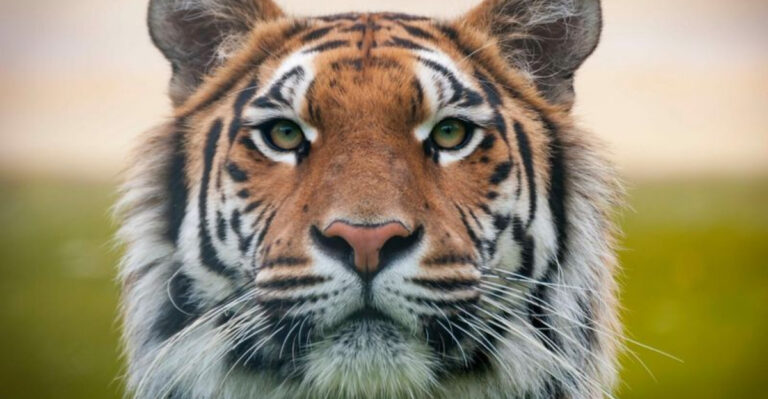All Snake Species Found In Yellowstone National Park
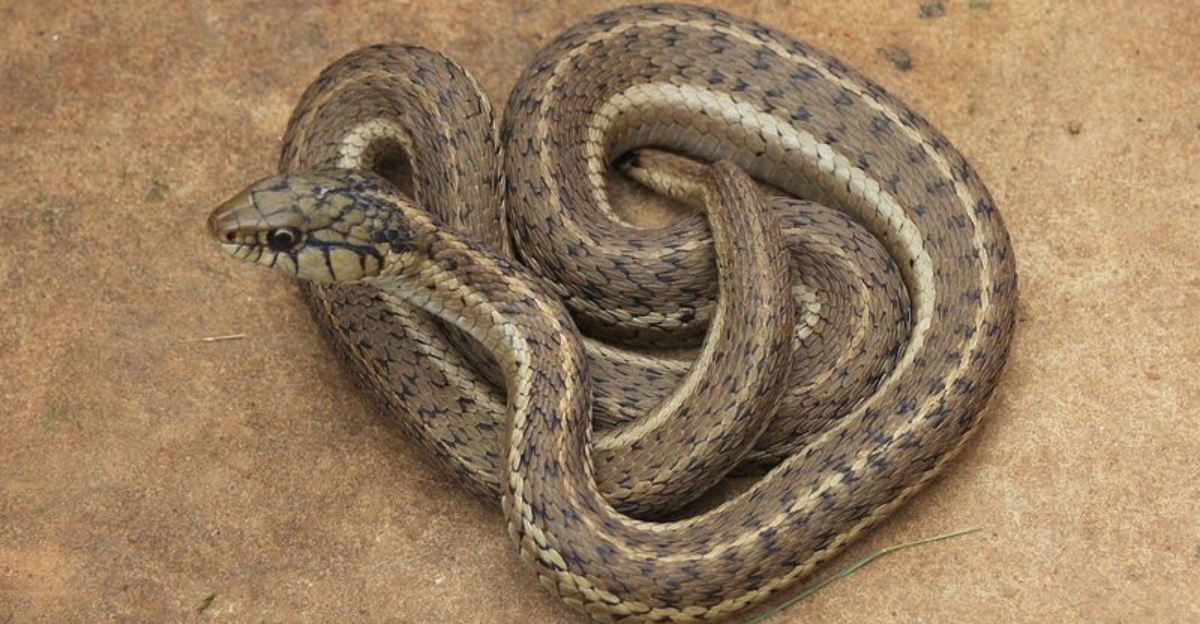
Slithering beneath the geysers and across the meadows of America’s first national park lives a small but fascinating group of reptiles. Yellowstone National Park is home to just five snake species, each with unique adaptations for surviving in this harsh mountain environment.
From venomous hunters to harmless garden visitors, these serpents play crucial roles in maintaining the park’s delicate ecosystem balance.
Prairie Rattlesnake – Yellowstone’s Only Venomous Snake
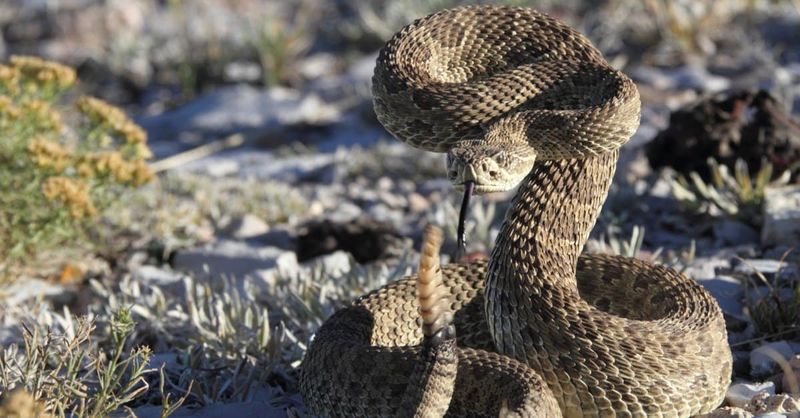
Sporting heat-sensing pits that work like thermal cameras, these reptiles can detect warm-blooded prey even in total darkness! Their distinctive rattle serves as a polite warning rather than an aggressive threat.
Despite fearsome reputations, these snakes avoid humans whenever possible, preferring rocky outcrops in the park’s northern regions. Their venom primarily helps them hunt small mammals that might otherwise overpopulate.
Terrestrial Garter Snake – The Most Widespread Species
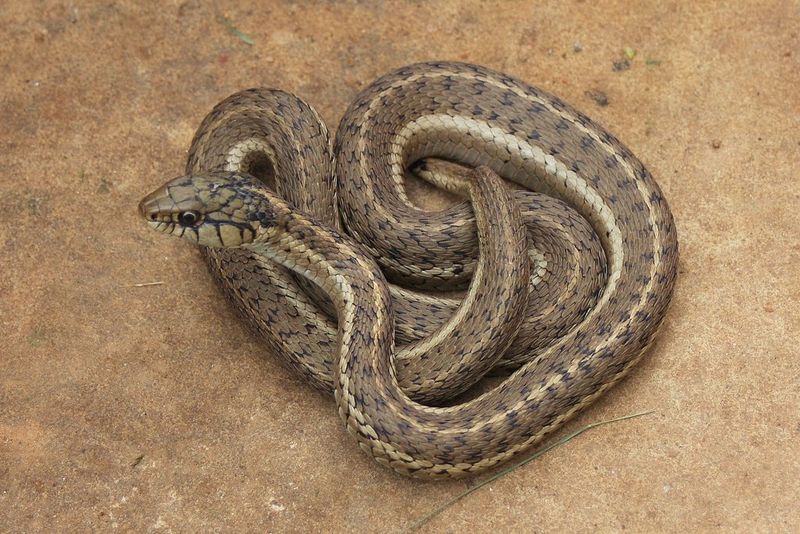
Imagine spotting a pencil-thin ribbon of movement with distinctive yellow stripes zipping through Yellowstone’s grasslands! These adaptable hunters thrive throughout the park, from low valleys to alpine meadows nearly 8,000 feet high.
Unlike their rattlesnake neighbors, these non-venomous snakes subdue prey through constriction or simply swallowing smaller creatures whole. Their diet includes everything from worms to small frogs.
Valley Garter Snake – A More Elusive Cousin
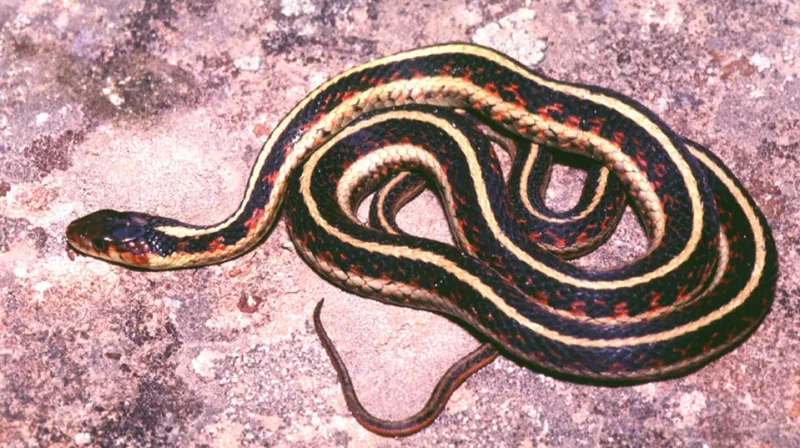
Masters of aquatic hunting, these sleek swimmers chase tadpoles and minnows through Yellowstone’s pristine streams! Their darker coloration features subtle stripes and a beautiful checkerboard pattern along their sides.
While similar to their terrestrial relatives, valley garters prefer staying near water sources. You might spot one sunning on streamside rocks after a successful hunt, regulating its body temperature before its next underwater adventure.
Plains Garter Snake – A Colorful Surprise
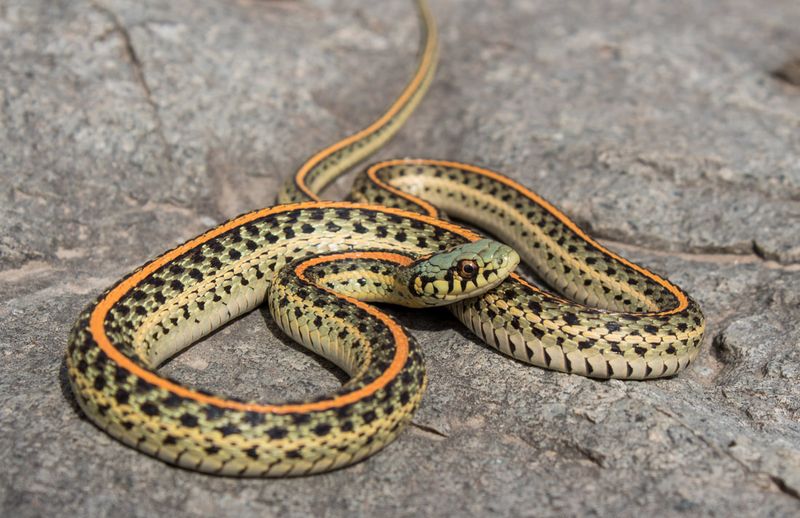
Flashing vibrant orange-red stripes against a jet-black background, these eye-catching reptiles bring unexpected color to Yellowstone’s grasslands! Don’t let their striking appearance fool you – they’re completely harmless to humans.
Quick and agile hunters, plains garters specialize in catching insects and amphibians. Their preference for open meadows makes them more visible to patient wildlife watchers during summer months when they actively hunt.
Wandering Garter Snake – The Habitat Generalist
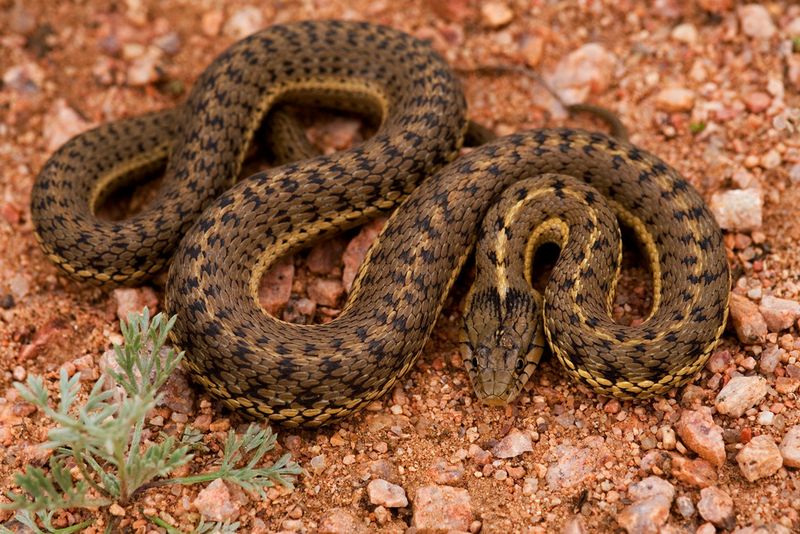
Why choose one home when you can thrive anywhere? These adaptable serpents wander between forests, meadows, and wetlands with equal comfort! Their variable coloration ranges from olive-green to brownish-gray with scattered dark spots.
Morning hunters by nature, wandering garters are often spotted during their active search for breakfast. Their diverse diet includes everything from slugs to small rodents, making them valuable pest controllers throughout Yellowstone’s varied landscapes.
Snake Sightings Are Seasonal
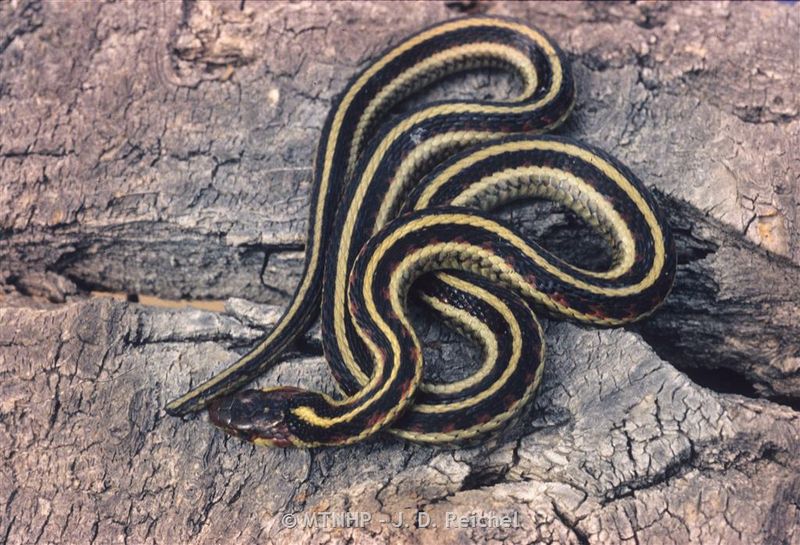
Summer is the best time to spot snakes in Yellowstone, especially from June through August when temperatures stay above 50°F. These reptiles emerge to bask on sun-warmed rocks in the morning and become more active in the late afternoon.
By mid-September, most retreat to underground hibernacula, sometimes gathering in groups of hundreds to survive the cold. With patience, visitors might catch rare glimpses of courtship rituals or hunting behaviors during these active hours.
Snakes Play A Vital Role In The Ecosystem
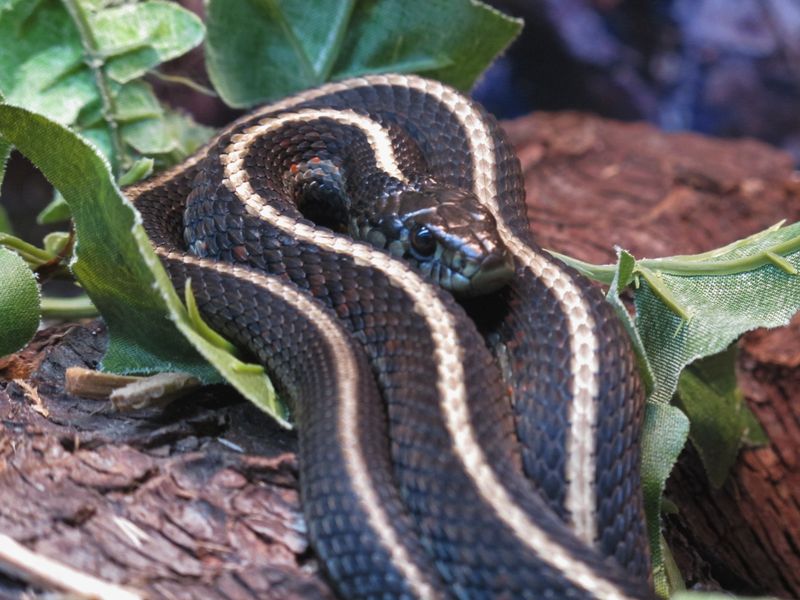
Without these slithering predators, Yellowstone would face rodent population explosions that could devastate native plant communities. A single garter snake can consume dozens of mice and voles monthly, providing natural pest control throughout the park.
Snakes themselves become meals for hawks, badgers, coyotes and other predators, forming a crucial link in the food web. Their presence indicates a healthy, functioning ecosystem with balanced predator-prey relationships.
Where To Spot Snakes In Yellowstone

Mammoth Hot Springs is a prime location for spotting snakes, thanks to its warm limestone terraces and unique thermal microhabitats. Along the Madison River, garter snakes hunt near the water’s edge, often seen swimming swiftly in the early morning.
Blacktail Plateau Drive is another reliable area, especially where sagebrush meets rocky terrain and fallen logs. Always observe from a distance – these wild animals play a vital role in Yellowstone’s ecosystem and should never be disturbed.
How Snakes Survive Harsh Winters
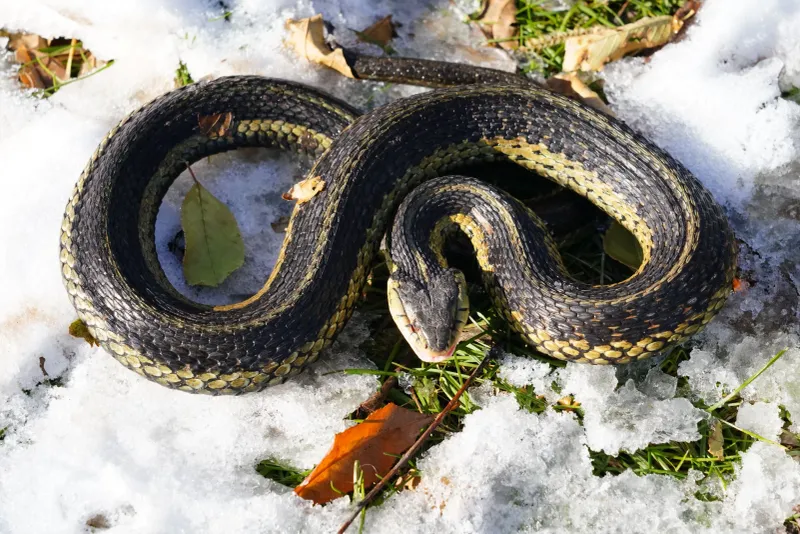
Yellowstone’s snakes survive brutal winters by hibernating underground in dens that stay just above freezing, sometimes near geothermal features. Their bodies slow dramatically – heart rates drop to 1–2 beats per minute, and oxygen use plummets by 90%.
Natural antifreeze compounds protect their cells from freezing damage, while group hibernation helps conserve warmth. When spring arrives, they emerge dehydrated and hungry, ready to bask and rehydrate as they shake off six months of dormancy.
Are Snakes A Danger To Visitors?
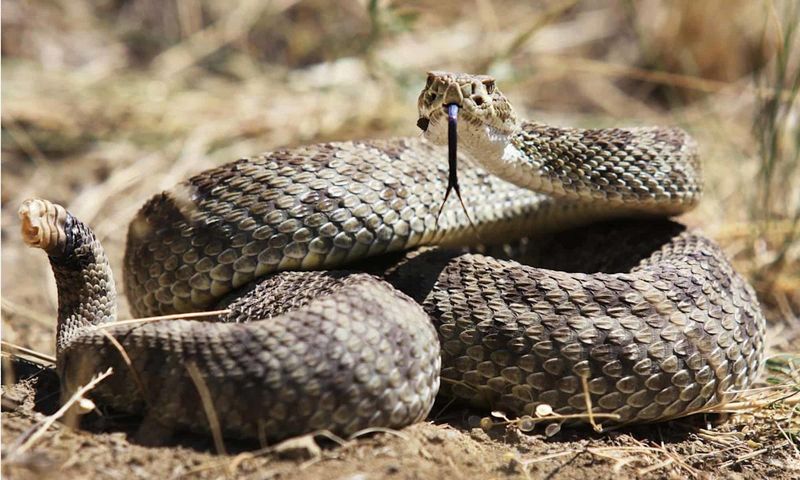
Contrary to common fears, Yellowstone’s snake species pose minimal risk to humans. The Prairie Rattlesnake, the park’s only venomous species, primarily inhabits lower elevations and prefers avoiding human contact over confrontation.
Medical emergencies from snake encounters are exceedingly rare in the park. Most bites occur when people deliberately handle or harass snakes – something park regulations strictly prohibit. Simple precautions eliminate virtually all risk: stay on designated trails, watch where you place hands when climbing rocks, and give any snake you encounter plenty of space.
Snake Myths That Don’t Hold Up
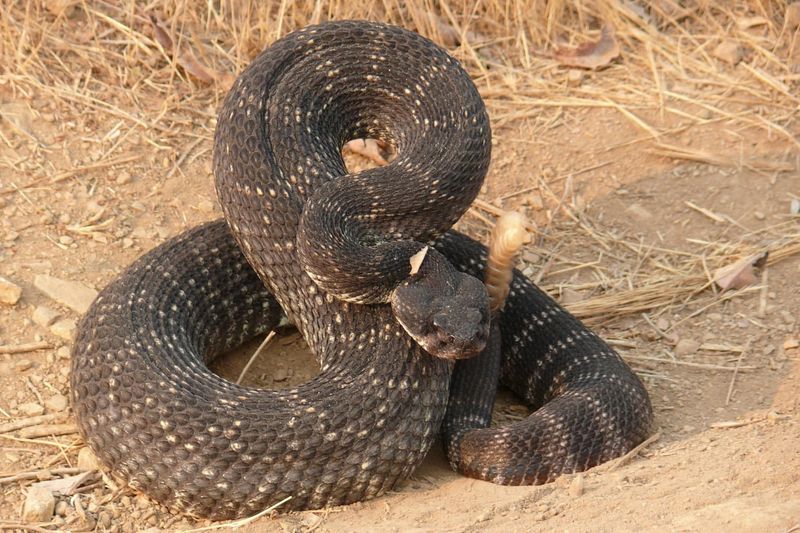
Yellowstone’s snakes don’t dislocate their jaws – they use stretchy ligaments to swallow prey larger than their heads. They’re also venomous, not poisonous – a common mix-up, since venom is injected, not ingested.
Despite myths, snakes aren’t slimy; their scales are dry, smooth, and often warm from basking in the sun. And that rattling sound? It comes from hollow tail scales clicking together, not from anything inside the tail itself.
What To Do If You See A Snake

If you see a snake, freeze briefly – quick movements can trigger a defensive response. Slowly back away while keeping the animal in view, and use a zoom lens if you’d like a photo. Always stay at least 25 feet away, as required by park rules.
Report rattlesnake sightings to rangers to help protect both visitors and wildlife, and remember that harming or collecting snakes is illegal and strictly enforced.
Why You Should Respect Yellowstone’s Snakes
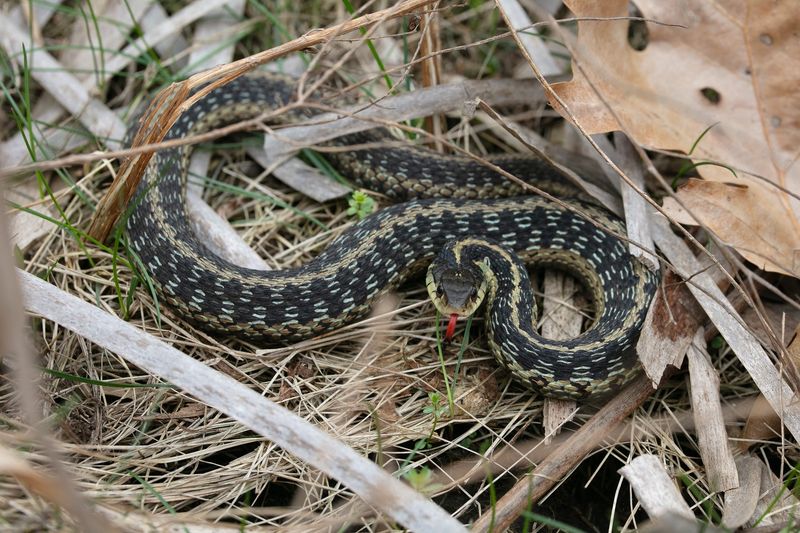
Snakes have lived in Yellowstone for thousands of years, long before human arrival, and have adapted in remarkable ways to the park’s rugged landscape. Their advanced senses – like heat detection and vibration sensitivity – offer a different kind of awareness that’s still being studied.
Culturally, snakes hold deep meaning for many Native American tribes, symbolizing transformation, protection, and renewal. As original inhabitants of this land, they deserve both respect and understanding.
Yellowstone’s Snakes Are Wild, Not Pets
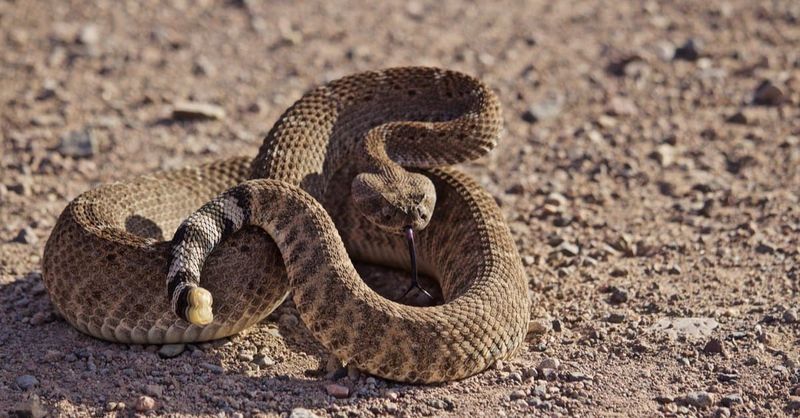
Snakes in Yellowstone are genetically adapted to survive the park’s extreme conditions and are not suited for life in captivity. Removing even one can upset the ecosystem, allowing prey populations to grow unchecked and spread disease.
Wild-caught snakes often suffer in captivity, refusing food and experiencing fatal stress. Collecting wildlife from national parks is illegal and carries serious consequences – respect these reptiles by observing, not taking.

